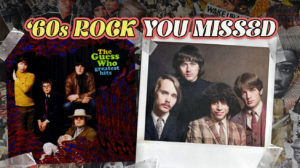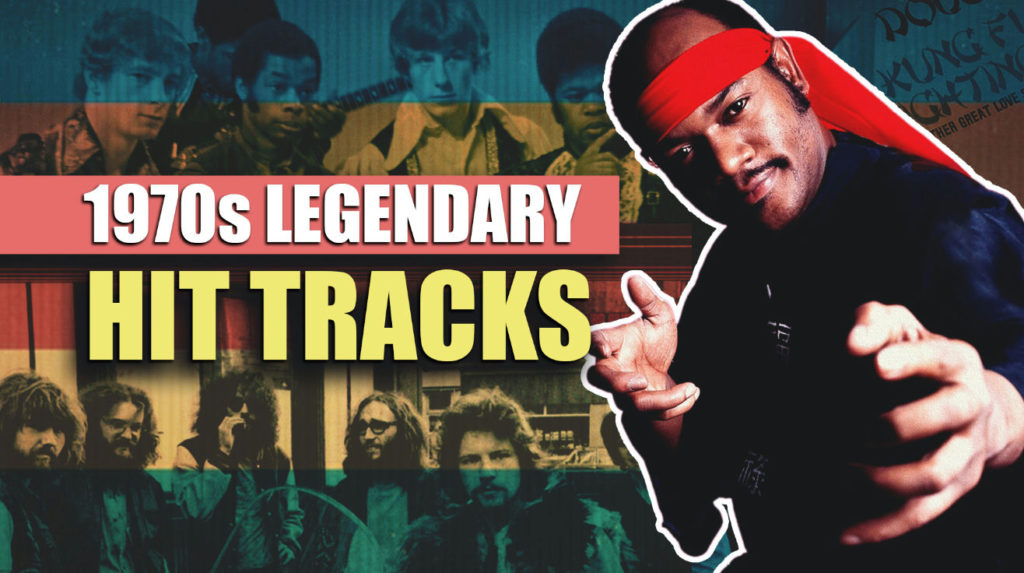
Those catchy tunes from the 1970s still pop into your head decades later for good reason. One-hit wonders weren’t just fleeting successes—they were musical lightning strikes that somehow got captured in bottles.
These brief musical moments shaped generations of sound like secret ingredients in grandma’s recipe that nobody can quite identify but everyone misses when they’re gone. The stories behind these memorable tracks reveal just how much impact a single song can have.
10. “Come and Get Your Love” by Redbone
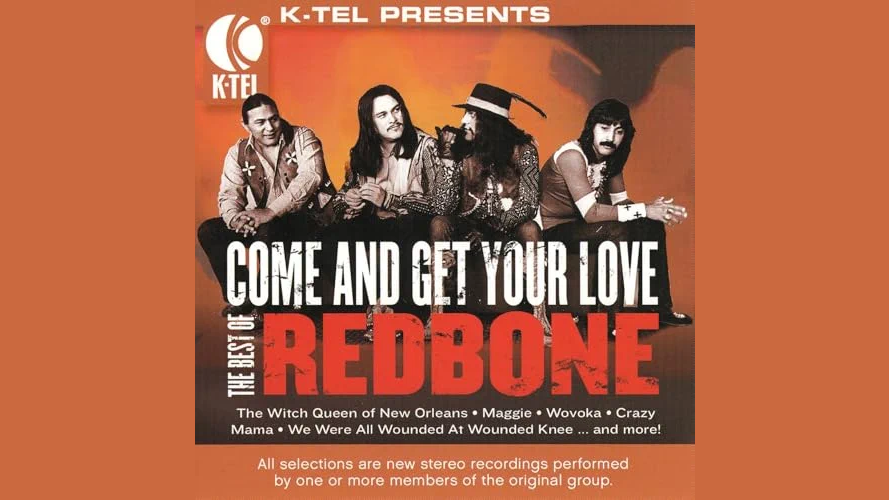
Redbone’s electric sitar riff created a sound so unique that filmmakers are still licensing it nearly 50 years later. At a time when radio stations favored mainstream acts—including the best music groups from the 1960s—Redbone, a Native American and Mexican American group, carved out something truly special.
The song’s signature electric sitar riff gives it an unforgettable sound that still feels fresh today. Its appearance in “Guardians of the Galaxy” introduced the track to millions of new listeners who probably thought it was a modern song with vintage styling. When today’s teenagers discover this song through streaming playlists, they’re often shocked to learn it predates their parents’ birth.
9.”Ring My Bell” by Anita Ward
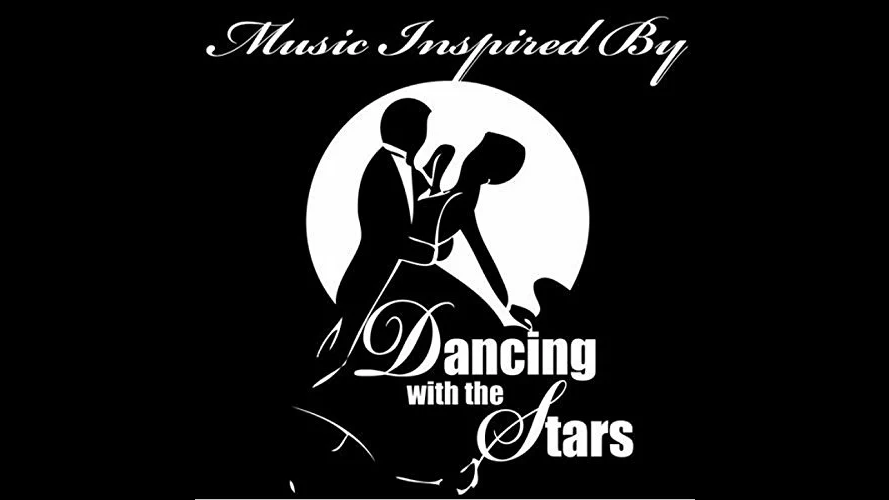
When a substitute teacher steps behind a microphone, few expect a Grammy-nominated disco anthem that would define an era. Ward traded lesson plans for studio time when this 1979 hit took off. The song wasn’t even written for her—it was originally meant for 11-year-old Stacy Lattisaw before getting adult lyrics.
Its synthesized drum beat helped define disco’s infectious sound. The playful lyrics practically beg you to sing along. Ward earned a Grammy nomination but never charted again, making this the textbook definition of a one-hit wonder. Its pioneering use of synthesized drum beats influenced countless dance tracks that followed, making Ward’s classroom-to-charts journey a pivotal moment in disco’s evolution.
8. “Dancing in the Moonlight” by King Harvest
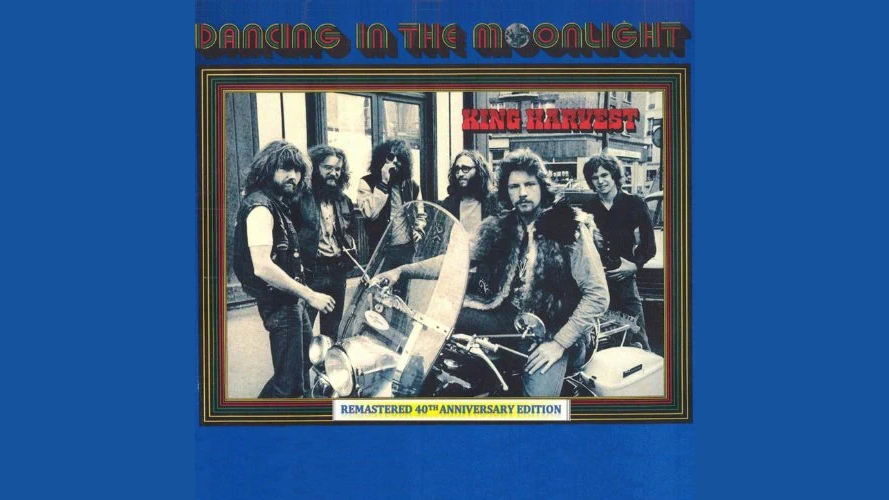
After surviving a violent attack, Sherman Kelly transformed trauma into one of the most peaceful, joyful anthems of the 1970s. The song imagines a carefree world where everyone dances under moonlight—a perfect escape from reality.
King Harvest’s version reached #13 on the Billboard charts in 1972. The track works like musical therapy, instantly melting away stress when those first notes play. Most fans have no idea about its darker backstory. If you’re searching for the perfect example of art transforming pain into joy, few songs demonstrate this alchemy more effectively than this moonlit classic.
7. “Brandy (You’re a Fine Girl)” by Looking Glass

In just three minutes and seventeen seconds, Looking Glass created a fictional character so vivid that listeners still debate her real-life inspiration decades later. This 1972 chart-topper follows Brandy, a port-town barmaid caught between love and duty when a sailor chooses the sea over her.
Looking Glass packed remarkable character development into just a few verses. You can almost smell the sea air and hear the sailors laughing as Brandy pours another round. The band never managed another hit, but they created a character as memorable as any in literature. Nearly fifty years later, no port town bartender has ever been introduced without someone humming this melody—a testament to the song’s character-building power.
6. “Kung Fu Fighting” by Carl Douglas
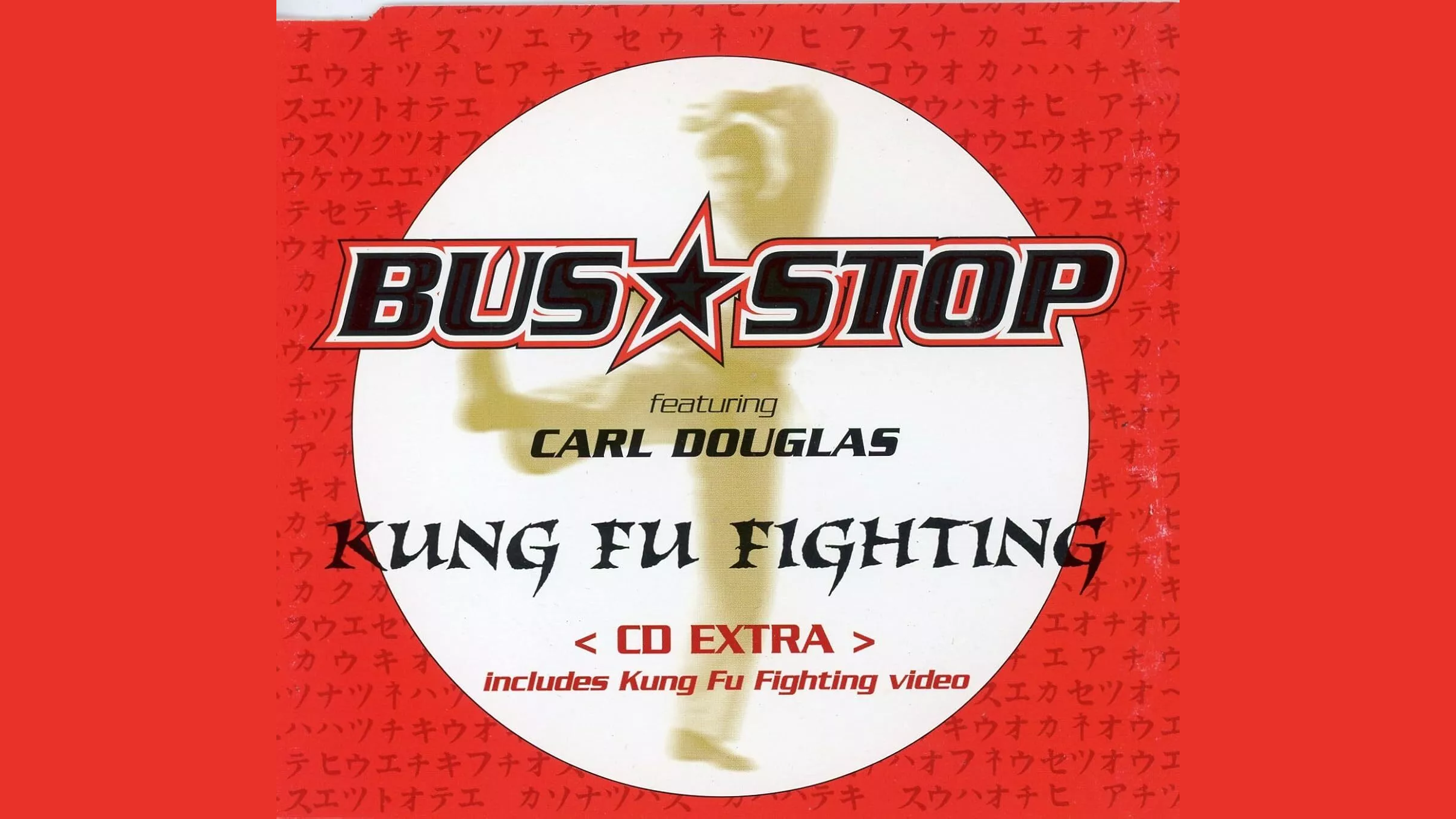
Recorded as a throwaway B-side in just ten minutes, “Kung Fu Fighting” captured a cultural phenomenon that sold 11 million records worldwide. Originally created as a filler track, this martial arts-inspired song rode the wave of kung fu movies sweeping America in the 1970s.
The song sold an astonishing 11 million copies worldwide. Its catchy chorus works like a musical earworm that burrows deep into your brain and refuses to leave. Douglas took what could have been a novelty joke and somehow turned it into one of the decade’s most recognizable tunes. When record companies demanded instant hits with cultural relevance, Douglas proved that ten minutes in a studio could create a global phenomenon that outperformed months of calculated production..
5. “Baby Come Back” by Player
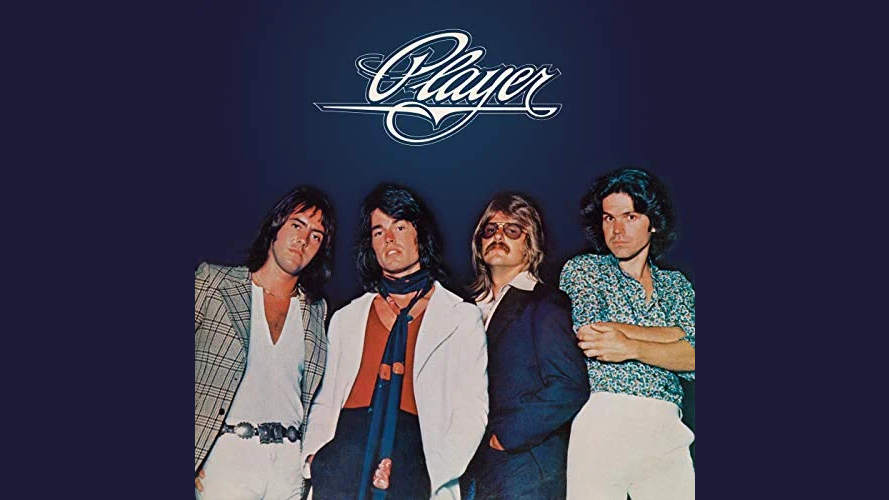
If you’ve ever desperately wanted someone back after a breakup, Player’s three weeks at #1 came from perfectly capturing that universal feeling. This smooth rock ballad topped charts for three weeks in January 1978. Peter Beckett and JC Crowley crafted lyrics that nail that desperate feeling of wanting someone back after messing everything up.
The song’s emotional punch and polished production made it stand out. It’s basically the musical equivalent of that scene in every rom-com where someone realizes they’ve made a terrible mistake. Player disappeared from charts afterward, but radio stations still reach for this track. During awkward high school reunions and late-night lonely drives, this track still provides the perfect soundtrack for anyone regretting a relationship they let slip away.
4. “Black Betty” by Ram Jam
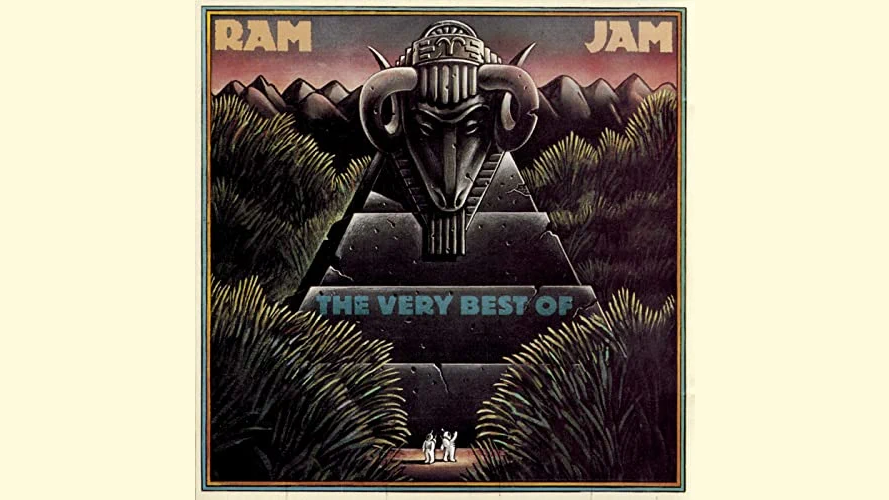
Traditional folk songs rarely succeed as hard rock anthems, but Ram Jam’s controversial reworking of “Black Betty” created a cross-genre hit that still sparks debate. The controversy only made more people curious about it.
The raw energy and bluesy guitar work transformed a traditional folk song into a hard rock anthem. Ram Jam took musical DNA from one tradition and spliced it into another, creating something that belonged to neither yet worked for both. The track shows how music can evolve across generations while keeping its essential power. Its aggressive guitar work and propulsive rhythm turned a controversial folk song into a stadium anthem that sounds equally at home at sporting events and biker rallies.
3. “Love Grows (Where My Rosemary Goes)” by Edison Lighthouse
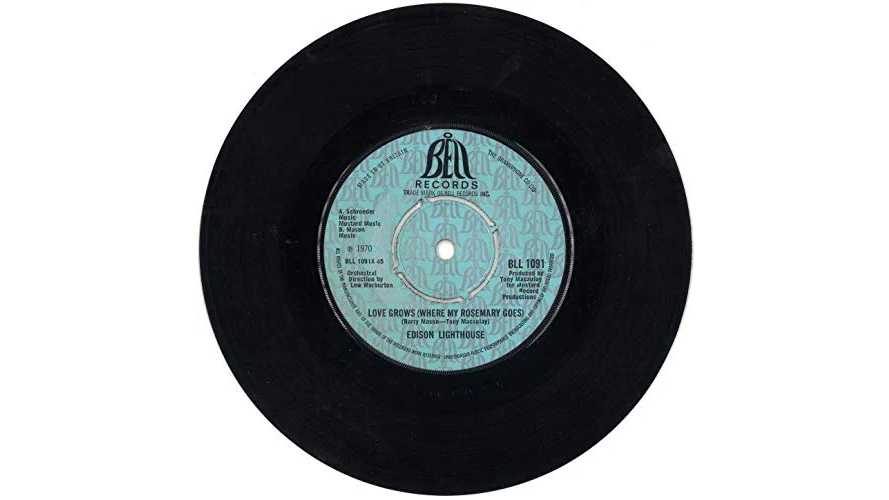
In the gritty aftermath of the 1960s, Edison Lighthouse’s uplifting melody provided exactly the optimistic escape radio listeners craved. Tony Burrows’ uplifting vocals helped it climb to #5 on Billboard charts while lifting spirits everywhere.
The light, bouncy melody feels impossible not to smile to. Fun fact: Edison Lighthouse wasn’t a real band but a studio creation built around session musicians. This approach to manufacturing music groups foreshadowed today’s producer-driven pop world decades before it became standard practice. When winter blues hit and vitamin D runs low, these three minutes of audio sunshine still provide the perfect mood-lifting remedy.
2. “Mississippi Queen” by Mountain
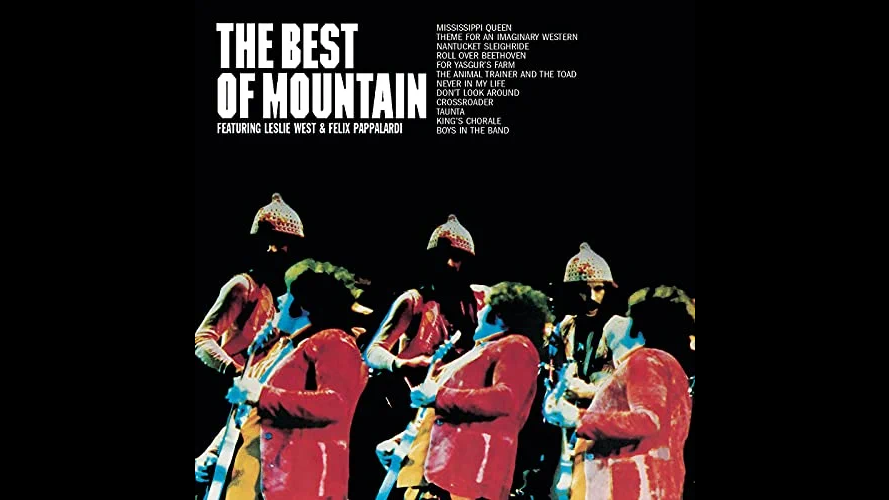
Born during a power outage with nothing but a cowbell keeping time, “Mississippi Queen” revolutionized hard rock with its raw, unpolished power. Drummer Corky Laing improvised on cowbell, defining a new sound for hard rock that still knocks speakers over today.
Leslie West’s guitar work sounds like it could strip paint off walls. The song’s raw power—so aggressive that one could imagine it inspiring the most breathtaking muscle cars of the ’80s—matches West’s own unrelenting energy. He even used quarters instead of guitar picks for a heavier, more punishing tone. That cowbell intro became so iconic that later generations know it primarily as the subject of a famous Saturday Night Live sketch. No hard rock collection exists without this track—evidence that true musical innovation often comes from embracing unexpected studio mishapsrather than perfect planning.
1. “Sky High” by Jigsaw

Jigsaw’s orchestral arrangements transformed a film soundtrack into a #3 hit that outlived the movie it was created to promote. This 1975 hit served as the theme for “The Man from Hong Kong” and reached #3 on Billboard charts. Its dramatic orchestral arrangements give it a cinematic quality that stands out from typical pop.
The song tells of betrayal with emotional punch that resonates across decades. Jigsaw never managed another hit this successful, proving the music industry operates less like a meritocracy and more like a casino where sometimes even the one-armed bandits pay out big. If you’re trying to understand how film soundtracks could launch mainstream hitsbefore MTV existed, this orchestral pop gem provides the perfect case study in cross-media success.




